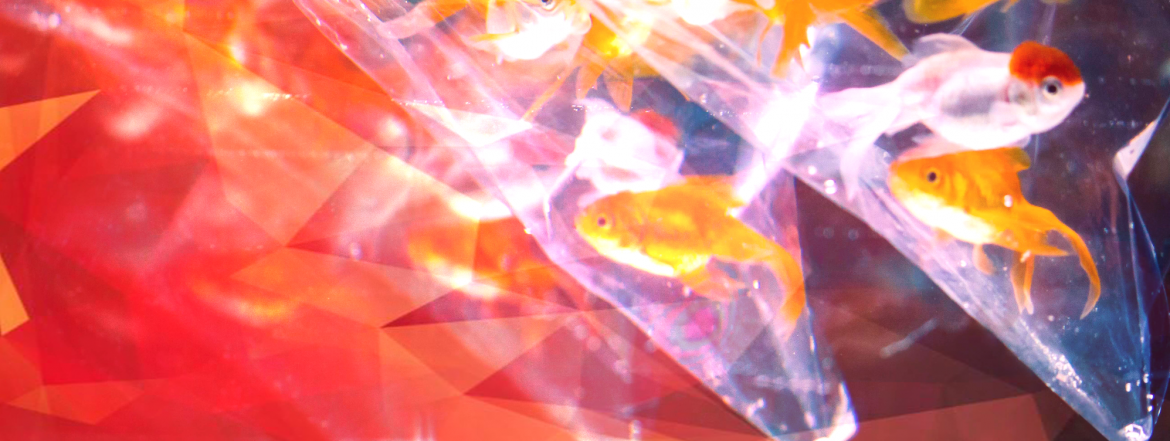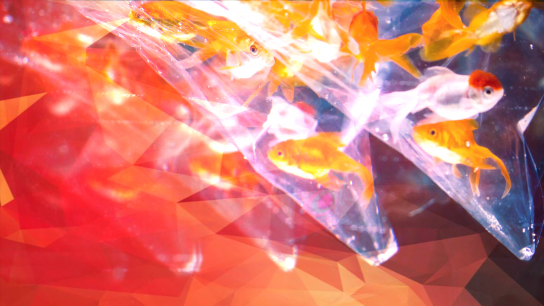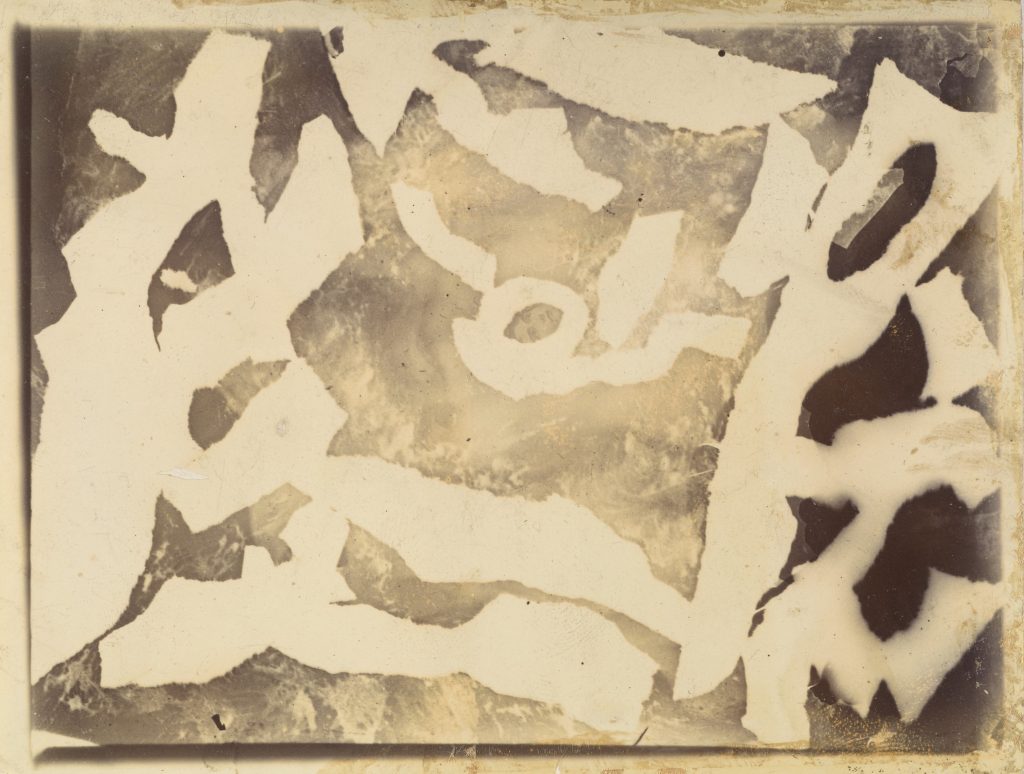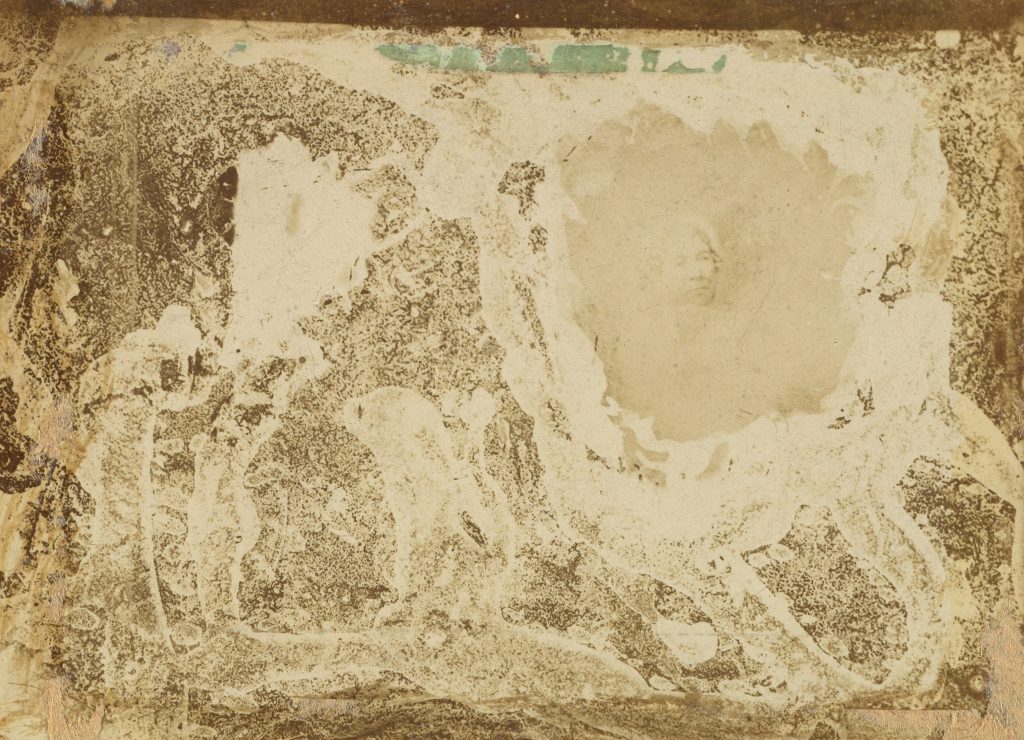Pandemic Surrealism
by
I. Haunting Memories | May 5, 2020
Initially, when I tried to prepare myself psychologically for the time of self-isolation, it felt as if my worst nightmare had come true. Memories suddenly emerge from times of lockdown in the past. I realize they color my responses to the Corona isolation more deeply than the actual fears. Flashes come to light of the emotional terrors from the many hours my parents punished me by locking me into our dark, moldy and often freezing cold cellar. I never knew how long it would take before I was released. No matter how long I was there, it always felt like an eternity. Only three or four years old, I felt abandoned by the entire world. Now my friend, Ngugi wa Thiong’o, tells me that the trauma of his incarceration as a political prisoner is resurfacing, making him jolt up from his sleep with nightmares. And another friend tells me she is reliving the fears for her son who was a heroin addict and nearly died from an infection by dirty needles that had spread through his entire body, including his heart and lungs. “I have seen my son on a respirator. For weeks I was by his side, not knowing if he would ever come out alive. It is all coming back to me now.”
The fear of being locked up has always stayed with me, resurfacing often in unexpected ways. It came back years ago, for example, in my countertransference as a therapist when I worked with a victim of incarceration and torture. Nonetheless, it now took me by surprise when it gripped me a few days ago with unbroken intensity. The fear manifests as a mood before it solidifies into an actual memory. It also colors the haunting memories of the times I was in quarantine for long weeks as a child when I had polio and later chicken pox. During the polio quarantine at age six I taught myself to read and my first books carried me through the isolation. The adventures of Nesthäkchen, a rebellious little girl, offered me healing hours of forgetting this terrible illness and the frightening fever hallucinations. Without being aware of it, these solitary childhood experiences made me steel myself to face loneliness with a spirit of survival.
Another lockdown memory: at the age of twelve I came down with chickenpox. Wanting to prevent me from infecting my three younger siblings, my mother quarantined me in my room. With her typical flair for drama and exaggeration, she extended the ten recommended days to an entire six weeks. Without radio or television, I only had my books, drawing pads, and colored pencils to help me pass the time. Even freaking out when she had to bring me food, she opened the door and pushed the plate with my meal in, leaving it on the ground for me to pick up. Never did she utter even as much as a word. Never did she ask me how I was doing. I felt like a leper, a danger to humanity. What helped me get through that time emotionally were small drawings and letters my siblings and I were sliding back and forth to each other under the door of my locked room. I have to give my mother that: no other family member came down with chickenpox.
The only other time under quarantine I remember was much later when my then three-year old son Manuel caught scarlet fever. We still lived in Germany and the two of us were quarantined for five weeks in our house. My friend Tessa left groceries in front of our door. Strangely enough, I mostly have good memories of this time. Manu and I watched many kid’s shows on TV and, most memorably, a dance performance with Fred Astaire. Completely mesmerized, Manuel had the idea to dance Fred Astaire style to Floyd Westerman’s songs, wearing his cowboy boots. He built quite a contraption, spreading out a board from my bookshelf between our couch and the coffee table in order to tap-dance on top of the shelf. This new passion occupied him for hours on end, freeing me up to write the lecture for my pending German Habilitation. Ironically, it was on The Scarlet Letter. This is why I remember those weeks as the Scarlet Quarantine. I think I learned one important thing at that time that serves me well now: how important it is to create a good atmosphere, to build a meaningful routine, and to cook comfort food. The cozy environment Manu and I built at the time helped him recover faster and kept both of us in good spirits.
But memory is a strange thing. We either tend to repress the most frightening things or we become obsessed with them. When I remember the Scarlet quarantine, I never think about the truly scary first week during which Manu was severely ill. His pediatrician made a house visit every evening to make sure he didn’t develop pneumonia or rheumatic fever and the bacterium didn’t affect his kidneys, lungs, and heart. I sat for hours next to his bed, singing and reading him stories or making cold compresses to bring down his fever. But what remains engraved in my mind is the time after he had recovered. One memory stands out above all others: he suddenly came running into the kitchen, exclaiming in perfect English: “Custer died for your sins!” It still makes me happy to think that this was his very first sentence in English.
II. AI and the story of Spot | May 14, 2020
Today’s surprise discovery came with an article by Shashank Bengali on today’s front page of the Los Angeles Times. Titled “See Spot enforce social distancing,” the article adds an entirely new dimension to our Artificial Humanity group’s discussions about robots and robotics. Spot is a robot dog that carries a recorded coronavirus era reminder of the need for social distancing. She (since Spot has a female voice) lives in Singapore and marches through a park “stride brisk as a soldier’s,” as the article states. “Let’s keep Singapore healthy,” she says, “For your own safety, and for those around you, please stand at least one meter apart. Thank you.” The article sports a picture, taken on a bridge in the park, with the yellow robot dog and a little boy in a mickey-mouse shirt on rollerblades, looking affectionately at her. Behind, we see three male adults with cameras capturing an image of Spot’s appearance in the park.
Developed in Massachusetts by Boston Dynamics, Spot is allegedly one of the world’s most advanced commercial social robots. It can haul a truck, open doors or even perform a dance. Singapore hired Spot for several thousand dollars a month to conduct a pilot project, exploring the use of robots to help enforce social distancing. In the words of David de Cremer, Belgian director of the “Center on AI Technology for Humankind” at the National University of Singapore, “The world is watching to see what happens with the Spot trial. […]It’s a glimpse of the future.”
What kind of future does Spot embody? According to Bengali, “it captures the promise and terror of a mechanized future in which robots assist in human tasks or replace them altogether.” This terror has already been widely captured and commercialized by popular media culture. Spot actually inspired an episode of the British TV series Black Mirror that featured human-hunting robot dogs. The new social norms, behaviors and, indeed, cultures that emerge during the current Coronavirus pandemic have led to an exploration of the possibility to use robots for various new tasks. Another Spot robot has been used, for example, to deliver medicines at an isolation facility that housed thousands of COVID-19 patients.
At a time when any direct human contact carries a potential risk and people begin to fear closeness, intimacy, and touch, their temporary replacement by machines has become a viable option. In the U.S., Spot was used to screen patients outside the entrance of a Boston hospital. The physician inside the hospital appeared on an iPad that was mounted on Spot, thus reducing the exposure of medical staff while also conserving scarce medical gear. Other countries already employ aerial drones to deliver food and medicine, transport medical samples and spray disinfectants. Chinese hospitals use Danish robots to sanitize rooms with ultraviolet light.
According to Michael Perry, vice president of Boston Dynamics, which is owned by Google’s parent company Alphabet, helping in situations of emergency is a core premise of robotics: “You’re taking an environment where data collection or interaction with a physical space is too dangerous for a person to do, and putting a robot in their stead to do a simple repetitive task.” In my recent book, Radioactive Ghosts, I analyze the use of robots as replacement humans in the cleanup of the radioactively contaminated power plants after the nuclear disasters in Chernobyl and Fukushima. In both cases, however, the radioactivity was so high that it made the robots malfunction. After “the robots died,” as one of the Chernobyl survivors lamented, there remained no other solution but to use humans for the disaster cleanup, knowing full well that they would not survive. These sacrificial victims were officially called “biorobots.” This was most likely the first historical case in which, in a frightening role reversal, humans were used as replacement robots.
Bengali writes, “Spot has been greeted with a mixture of marvel and trepidation.” This ambivalence is at the heart of what we could call the robotic sublime. While some critics reject the robot as creepy and frightening, popular culture reveals that there is also a deep fascination. We are drawn to imagine the lives of our machinic doubles; we anthropomorphize them, but we also fear that they might one day harm or even replace us. Bengali reports that the roughly 130 robots that are leased around the world to customers for several thousand dollars a month come with agreements that they are not to be used to harm. There is obviously an urge to contain the fear with legal contracts. But Kristen Thomasen, an expert in robotics law and policy, says: “I do think the balancing of social interests and civil rights is shifted in an emergency toward favoring technologies that can help address the emergency.”
In the meantime, Singapore engineers are designing algorithms to make Spot more sophisticated. Over time, they hope, it will be able to read physical aspects of human relationships. De Cremer concludes “the pandemic will serve as a laboratory for the near future of machines. […]These trends are going to be accelerated. And the decisions on the boundaries and limitations of robotics and AI are going to depend on a society’s values.”
These are only a few examples of the wide range of uses of AI in the pandemic. Just to mention a few more, they include using AI to detect clusters of infection, analyze data for prevention, develop a vaccine, and to screen, analyze, and track patients. An article in Wired reports that, according to medical researchers, we are at the outset of an AI-driven healthcare revolution that includes disease diagnosis, drug discovery, and robot delivery. The article also highlights that it was BlueDot, a Toronto-based intelligence platform that initially predicted the pandemic after it registered a cluster of cases in Wuhan of what later came to be known as COVID-19. Other examples include South Korea, where 9 out of 10 people received alerts when they were near confirmed cases of coronavirus infections. China uses Alibaba, an AI algorithm, for genome sequencing for the Coronavirus and to diagnose suspected cases. Robots are deployed in infected areas too dangerous for humans to deliver food and medicine. In California, computer scientists are working on a system that can remotely monitor the health of the elderly, including cases of COVID-19. Kaggle, a machine learning and data science platform, transmits pandemic-related data to global health organizations. Finally, Hong-Kong based AI company Insilico Medicine designed new molecules to target the main protein of the Coronavirus responsible for replication.
The Wired article predicts a near future with AI personal assistants, robots, and drones delivering medication and robots performing or assisting human doctors routinely in medical interventions, including surgeries. Interestingly, they conclude that this will free human doctors and nurses to focus on the “human tasks” such as compassionate care, communication, consolation, emotional support, and trauma assistance. A surprising side of pandemic surrealism: the vision that AI will make healthcare more human.
After interviewing the victims of the Chernobyl nuclear disaster, including the one who told her about the dying robots, Svetlana Alexievich ends Voices from Chernobyl with the words: “I felt like I was recording the future.” Global disasters, including pandemics, generate experimental systems that function like machines for producing the future. The emergent coronavirus cultures suggest a future in which humans and robots will be entangled in extended networks of aid and care. Robots will function as sublime transformational objects, facilitating social distancing and entirely new forms of instrumental reason, subjectivation and subjection.
III. Ontological Insecurities | August 14, 2020
Perhaps we need to stop seeing the virus as an isolated invasive organism in order to understand the viscous porosity and trans-corporeality of bodies in natural and human environments. It is the complex interaction between the virus and social practices, the entanglement between natural and social factors, that caused the virus to enter human host bodies in the first place. Living through a pandemic already generates a profound ontological insecurity. All familiar coordinates of orientation in a safe enough natural and social environment are put into question. We experience a profound rupture in the most fundamental conditions of living in a sustaining world shaped by our interactions with fellow human beings. Coping with the traumatic rupture of these conditions, we tend to resort to common defenses such as denial, dissociation, splitting, and negative hallucination. We do not want or cannot bear to see what is right in front of our eyes. We begin to live in a mode of “as if” – as if the pandemic were not real (it’s all a hoax!) or as if the world were still safe enough. It’s the same in common reactions to climate change. Apart from preventing necessary action, another cost of these different forms of denial is that they create a counterfeit world and a divided, if not false, self.
Taking the complex entanglements between humans and their environments into account challenges conventional ontologies. Stacey Alamo, for example, calls for an interactionist ontology that sees human bodies in a continual interaction with the bacteria and viruses that inhabit it, some of which are beneficial and others hostile. She also speaks of “transcorporeality.” Along similar lines, I am thinking of our selves as “transspecies selves” that are continually shaped and reshaped by encounters with other species, including viruses. The fact that the Coronavirus came to choose humans as hosts in a fatal transspecies encounter already results from the anthropogenic destruction of natural environments. The transspecies encounter between humans and the Coronavirus is, then, not a natural disaster but an artificial one, created by human activities (such as global travel) as well as destructive human interventions in the environment (such as, for example, deforestation).
Acknowledging the anthropogenic roots of so-called natural disasters raises questions of accountability and responsibility. Who in today’s global neoliberal capitalism is responsible for destructive and ultimately self-destructive interventions in the environment? Certainly not the disenfranchised people who suffer most from their consequences. Bioethics and environmental ethics then need to embrace an economically grounded transspecies ethics mindful of concrete responsibilities for the impact of environmental interventions on all species, including viruses and bacteria. In “Tip of the iceberg” John Vidal writes: “A number of researchers today think that it is actually humanity’s destruction of biodiversity that creates the conditions for new viruses and diseases such as Covid-19[…]. In fact, a new discipline, planetary health, is emerging that focuses on the increasingly visible connections between the wellbeing of humans, other living things and entire ecosystems. […]We cut the trees; we kill the animals or cage them and send them to markets. We disrupt ecosystems, and we shake viruses loose from their natural hosts. When that happens, they need a new host. Often, we are it.” In a similar vein, disease ecologist Thomas Gillespie states: “Pathogens do not respect species boundaries. I am not at all surprised about the coronavirus outbreak. The majority of pathogens are still to be discovered. We are at the very tip of the iceberg.” I am reminded again of Gregory Bateson’s warning so long ago that the most important task for the survival of the planet is to change our ecology of mind.
People have often called me an alarmist. It happens when I talk about toxic foods, about climate change, the contamination and privatization of water, and related water wars, or even the threats of digital and social media to democracy, truth, and psychic life. It happens routinely when I lecture about the legacies of Hiroshima and the ongoing nuclear threat. My sons used to call me their “apocalyptic mom.” People in this country insist on the detrimental effects of an alarmist view. We need to tell stories of hope, they insist. What about sharing both, stories of hope and stories of despair, stories of creative responses to catastrophic conditions, hopeful stories about the new resistance movements and fearful stories about the corruption that permeates institutions from the highest level of government down to local police departments? What happened to ambivalence? Why have we become so intolerant of it in our paranoid-schizoid politics? Is it really true that it would be impossible to bear the profound ontological insecurities of our times without a state of chronic collective dissociation?
And what do we do with our fears? It took me several months before I even realized that I was afraid, not just of the Coronavirus but also of the aftermath of the pandemic and its long-term effects on social, political, individual, and psychic lives. We painfully experience the inadequacy of official regulations and restrictions. They are not enough to contain the pandemic. And yet, people pour into the streets protesting for the freedom not to wear masks. Negative hallucination.
This essay is part of the focal series, VIRUSHUMANS, coordinated by UCHRI’s Spring 2020 RRG on Artificial Humanity.





